Peak PCAN-miniPCI User manual
Other Peak PCI Card manuals
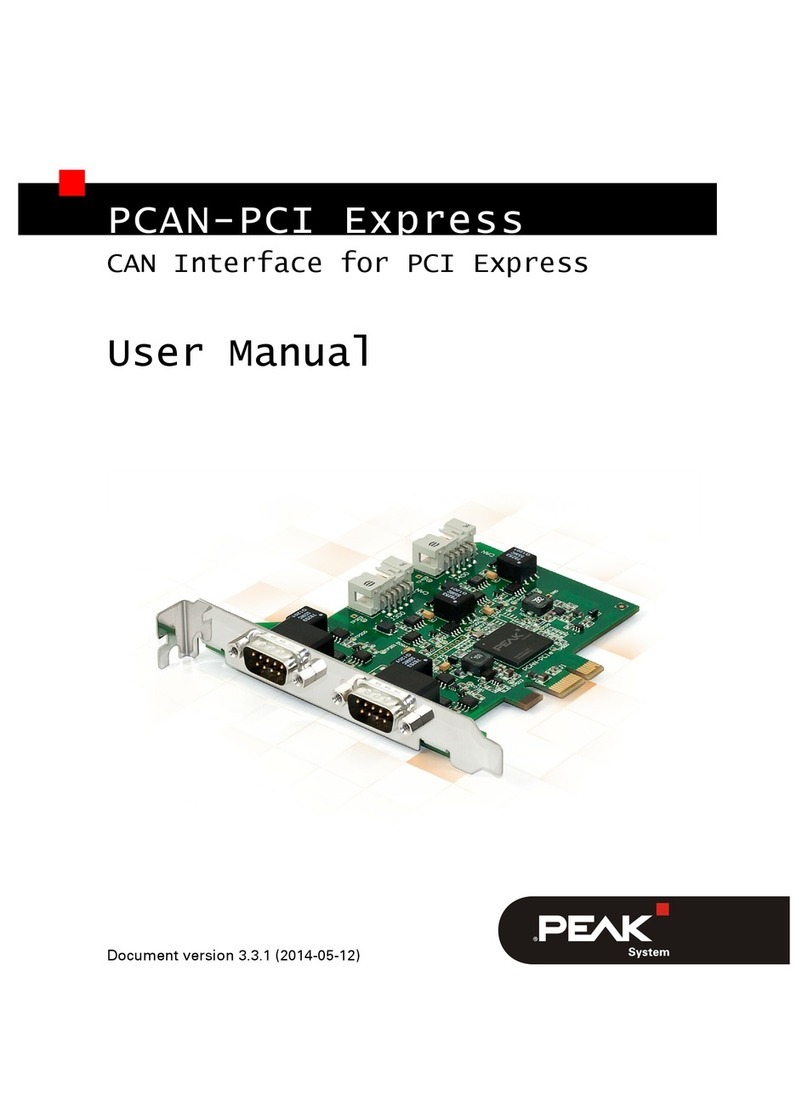
Peak
Peak PCAN-PCI Express User manual
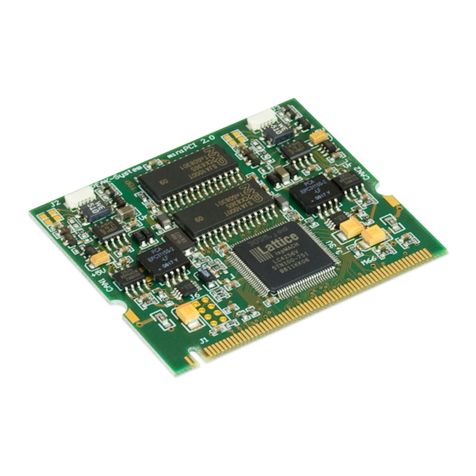
Peak
Peak IPEH-003044 User manual
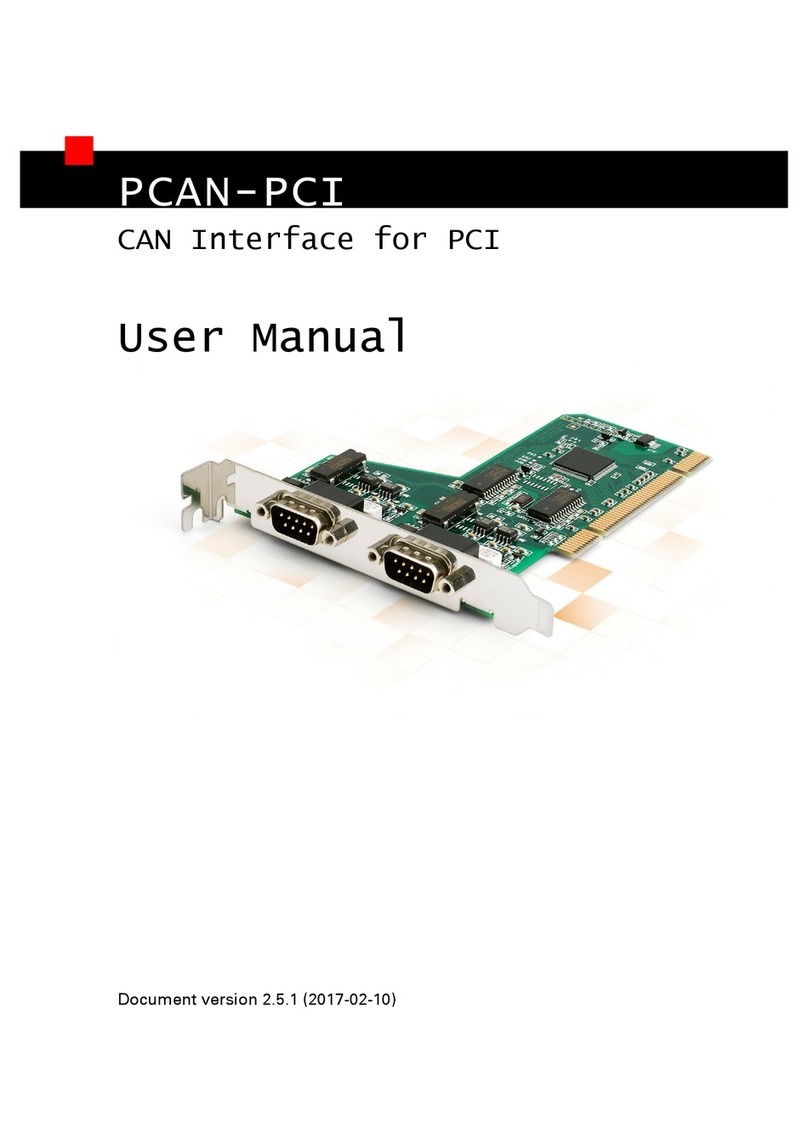
Peak
Peak PCAN-PCI User manual
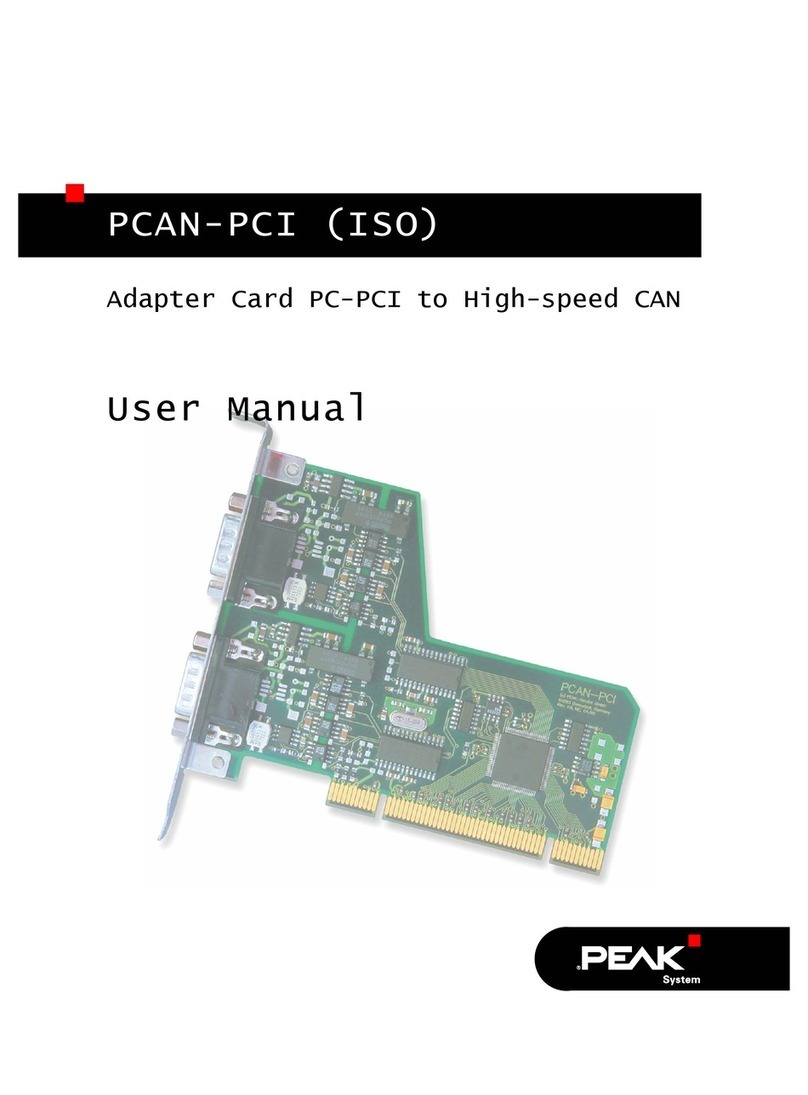
Peak
Peak PCAN-PCI User manual
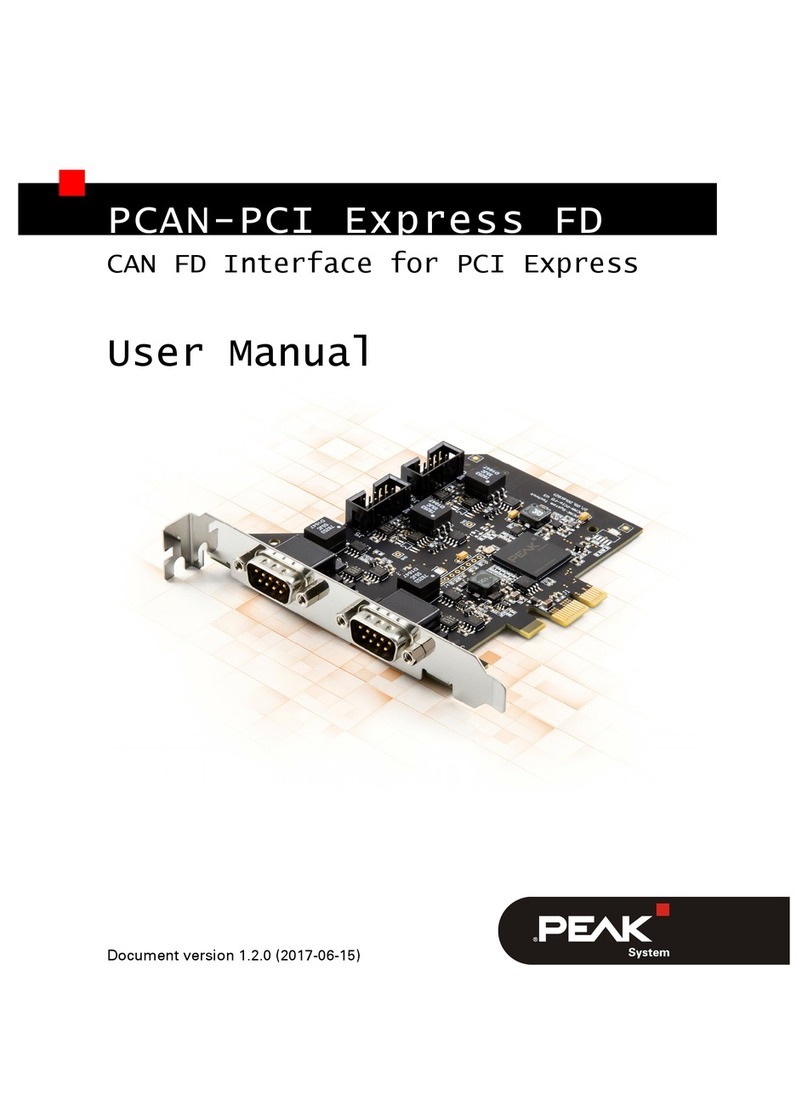
Peak
Peak IPEH-004026 User manual

Peak
Peak PCAN-PCI User manual

Peak
Peak PCAN-cPCI User manual
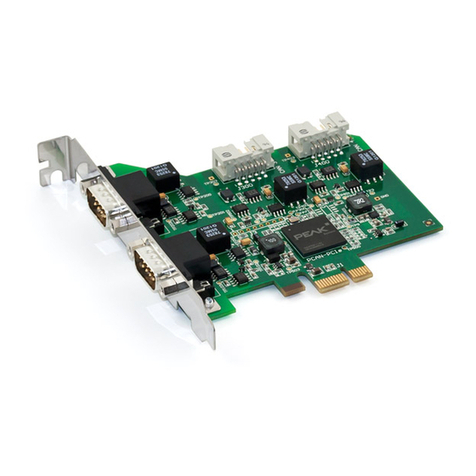
Peak
Peak PCAN-PCI Express User manual
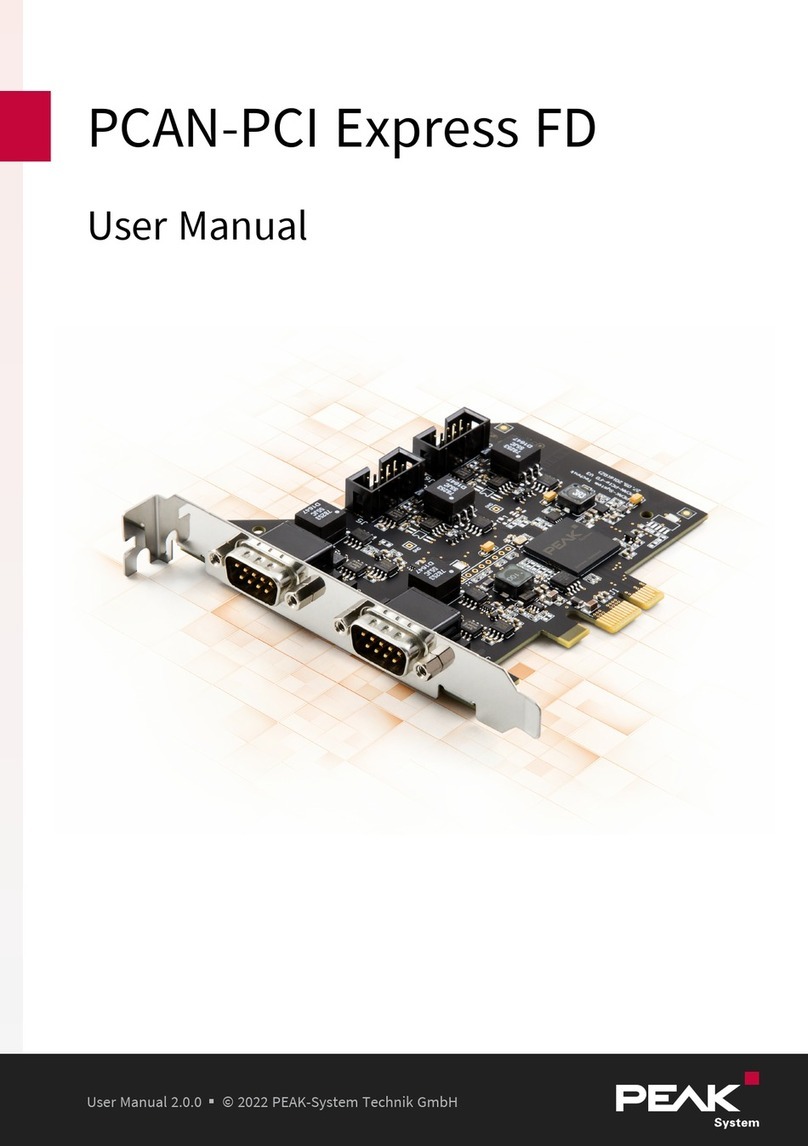
Peak
Peak PCAN-PCI Express FD User manual
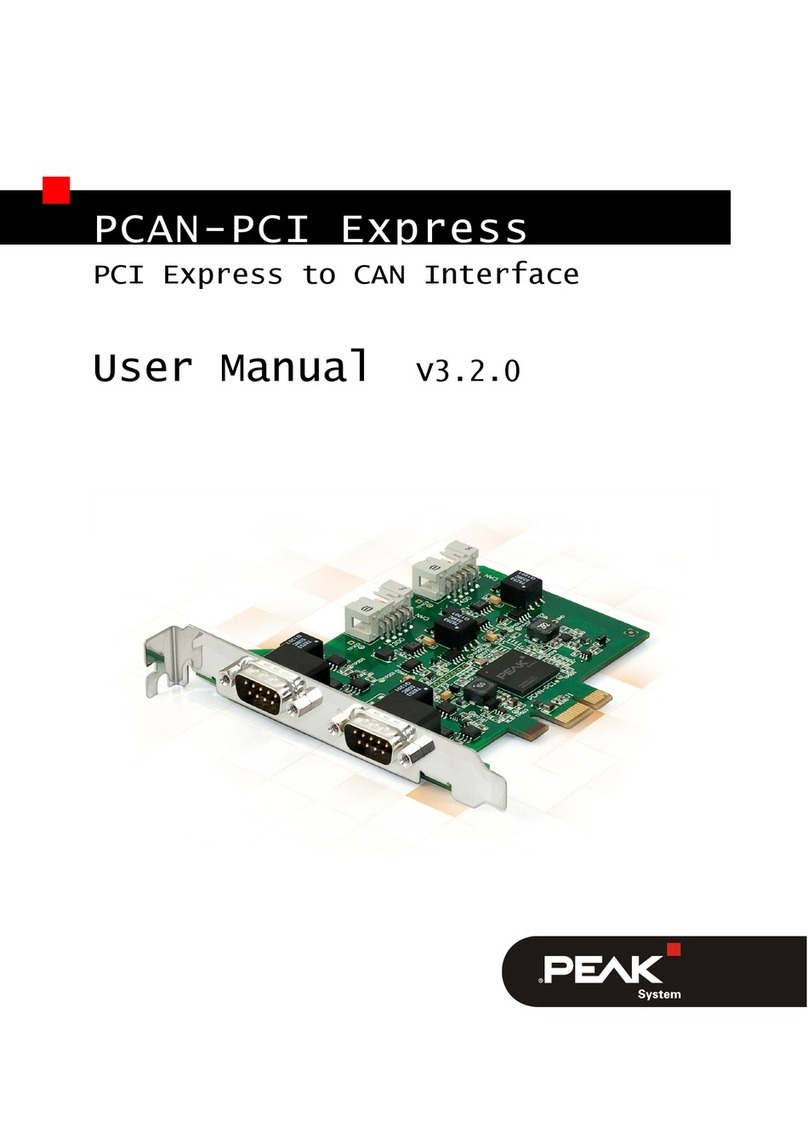
Peak
Peak IPEH-003026 User manual
Popular PCI Card manuals by other brands

ICP DAS USA
ICP DAS USA PCI-1002H user manual

Exsys
Exsys EX-60102 manual

Chelsio Communications
Chelsio Communications T5 Series Installation and user guide

Conrad Electronic
Conrad Electronic 97 46 71 operating instructions

Micro Innovations
Micro Innovations USB650A Quick installation guide

KTI Networks
KTI Networks KF-310 user guide






















